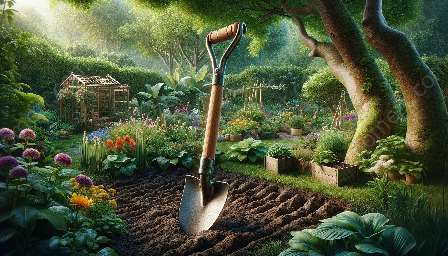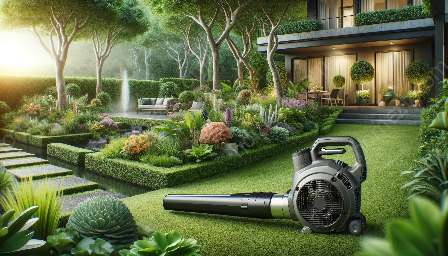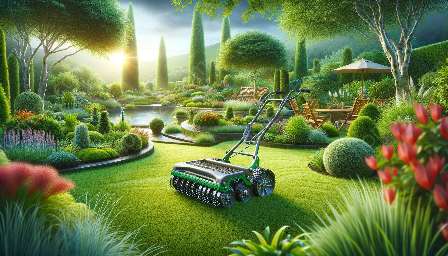Hand pruners are essential tools for any gardening and landscaping enthusiast. These versatile garden tools and equipment are used for cutting and trimming plants, shrubs, and trees, making them indispensable for maintaining a healthy and beautiful garden. In this guide, we'll explore the different types of hand pruners, their uses, how to choose the right one for your needs, and essential tips for using them effectively.
The Importance of Hand Pruners
Hand pruners, also known as secateurs, are designed to make clean and precise cuts on plants, promoting their growth and overall health. By removing dead or diseased branches, shaping shrubs, and pruning overgrown vegetation, hand pruners help maintain the aesthetic appeal and vitality of the garden. They are also instrumental in preventing the spread of diseases and promoting airflow within plants, which is essential for their well-being.
Types of Hand Pruners
There are several types of hand pruners, each designed for specific purposes:
- Bypass Pruners: These pruners have two curved blades that pass by each other, making clean cuts on live branches without crushing them. They are ideal for precise and clean cuts, making them suitable for delicate and live stems.
- Anvil Pruners: Anvil pruners have one straight cutting blade that meets a flat edge, making them suitable for cutting dead wood and tough branches. They provide more power and are useful for larger, tougher cuts.
- Ratchet Pruners: These pruners feature a mechanism that allows you to make cuts in stages, reducing the effort required for cutting thicker branches. They are ideal for individuals with reduced hand strength or for cutting larger branches without straining the hand.
Choosing the Right Hand Pruners
When selecting hand pruners, it's essential to consider the type of gardening and landscaping tasks you'll be performing. Factors to consider include the size of your hands, the type and size of the plants you'll be working with, and any physical limitations you may have. Additionally, look for pruners with ergonomic handles for comfort and reduced hand strain during extended use.
Using Hand Pruners Effectively
To ensure safety and optimal results when using hand pruners, follow these essential tips:
- Inspect the pruners: Before use, ensure that the pruners are clean, sharp, and in good working condition. Dull blades can crush plant tissue, leading to poor healing and potential disease entry points.
- Identify the right cutting point: When pruning branches, identify the correct location for making the cut, which is typically just above a bud or lateral branch without leaving a stub.
- Use the appropriate cutting technique: For live plants, use bypass pruners to make clean and precise cuts. When dealing with dead or tough branches, anvil pruners may be more suitable for the task.
- Maintain and store pruners properly: After each use, clean and oil the blades, and store the pruners in a dry place to prevent rust and maintain their cutting efficiency.
Conclusion
Hand pruners are indispensable tools for any gardening and landscaping enthusiast, allowing for precise and efficient maintenance of plants and shrubs. By understanding the different types of pruners, choosing the right one for your needs, and employing effective pruning techniques, you can enhance the health and beauty of your garden. Invest in a quality pair of hand pruners and enjoy the satisfaction of maintaining a thriving and attractive outdoor space.





















